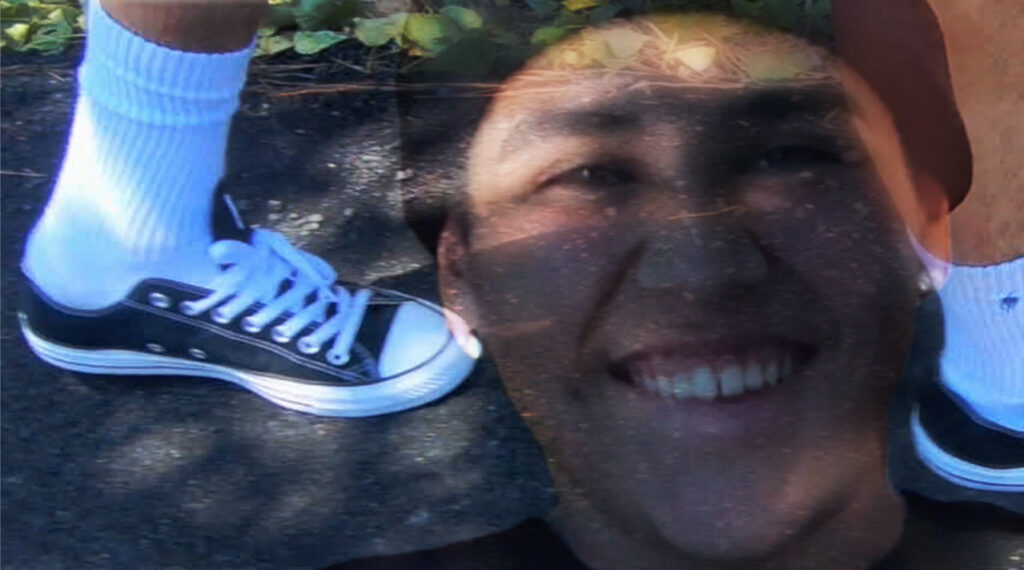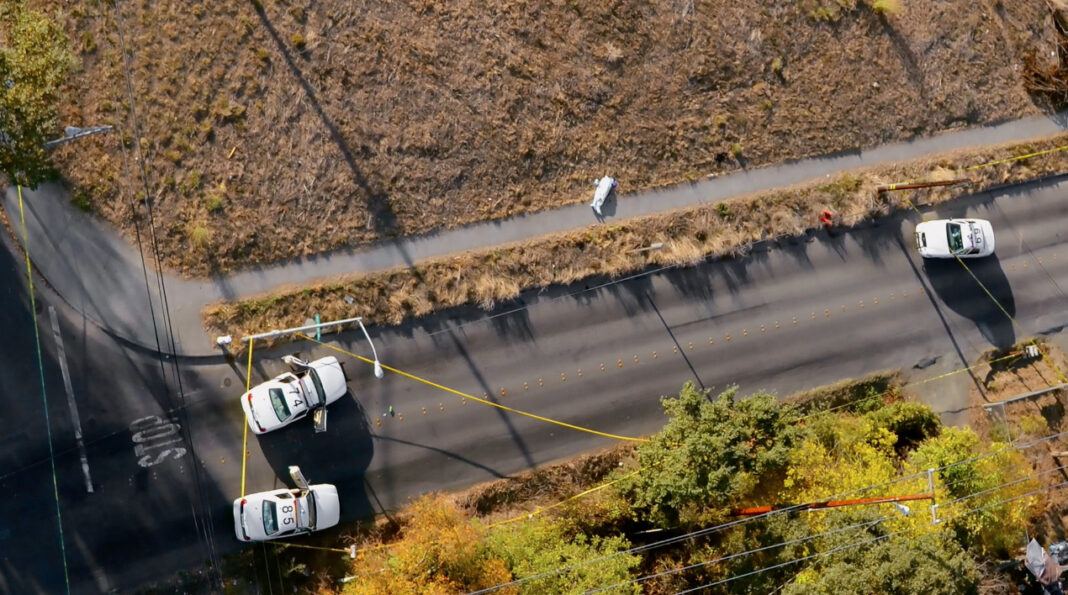On Oct. 22, 2013, Sonoma County Sheriff’s deputy Erick Gelhaus shot and killed 13-year-old Andy Lopez on Moorland Avenue in Southwest Santa Rosa.
Gelhaus, a 24-year veteran of the Sheriff’s Office, and his partner spotted Lopez walking down the street holding what looked like an assault rifle. Seconds after calling out to Lopez, and as the boy turned around to see who was yelling at him, Gelhaus fired eight shots, seven of which hit Lopez. Lopez’s weapon turned out to be a toy, and the killing sparked months of protests seeking criminal charges against Gelhaus.
Nearly eight years later, despite a sizable financial settlement paid to Lopez’s family, some law enforcement reforms and the county’s creation of a memorial park at the site of the boy’s death, Lopez’s name is still invoked in many conversations about the role of law enforcement in the North Bay and beyond. The persistent anger tied to the case may be in part because, although Lopez’s death made national news, many details of the handling of the case have largely remained hidden from public view while law enforcement scandals—many involving the Sheriff’s Office—continue to be common occurrences in Sonoma County.
3 Seconds in October: The Shooting of Andy Lopez, a 28-minute documentary set to debut on KRCB TV on July 15, offers some needed insight into Lopez’s death and the events that followed. Despite its short length, the film covers a lot of ground—centering Lopez’s death within the ongoing nationwide debate about law enforcement accountability and transparency following a fatal incident.

According to Ron Rogers, the film’s producer, the filmmakers conducted 45 interviews and obtained numerous internal documents and recordings during the past seven years.
“The impact of the Andy Lopez shooting can still be felt today, and will continue for a while. I don’t know that there has been closure yet,” Rogers said in an interview after previewing the film for the Bohemian/Pacific Sun. “The [Lopez family’s civil] lawsuit was settled for $3 million, but additional details of what happened were never released. That doesn’t help the closure or bringing closure to the family or the community.”
One of the most shocking moments of the film is based on the Santa Rosa Police Department’s (SRPD) independent investigation into whether Sheriff’s deputy Gelhaus should face criminal charges for shooting Lopez.
“Starting from the very day of the incident continuing to the present time, there was a huge difference between how Erick Gelhaus was treated and the Lopez family [was] treated,” Rogers said.
For instance, according to the documentary, immediately following the shooting, Gelhaus consulted with a union representative and an attorney for six hours at a Santa Rosa hotel. Then, he was questioned by an SRPD detective and an attorney supplied by the Sonoma County Deputy Sheriffs’ Association as part of the SRPD’s independent investigation. According to a recording of the interaction played during the documentary, an SRPD detective assured Gelhaus that he was being “interviewed as a victim.”
The same day, Lopez’s family members were taken to SRPD headquarters where detectives asked whether Lopez was affiliated with any gangs or had anger management issues. At the end of the interview, the detectives informed Andy Lopez’s family members that the boy was dead.
Knowing that the investigation began this way, it is not surprising how it ended.
After receiving SRPD’s independent investigation into Gelhaus, Sonoma County District Attorney Jill Ravitch declined to press criminal charges. Gelhaus later quietly retired from the Sheriff’s Office after being promoted to sergeant.
Shortly after Lopez’s death, his family filed a civil case against Gelhaus, the Sheriff’s Office and Sonoma County. The County appealed the case all the way to the U.S. Supreme Court before settling with the family for $3 million in December 2018, more than five years after Lopez’s death.
Despite the long production period, the film’s subject matter is still very timely.
According to the documentary, 32 people have died during or after interactions with law enforcement in Sonoma County since Lopez’s death. In the same time period, Sonoma County jurisdictions have paid out $10 million to settle civil lawsuits tied to law enforcement’s use of excessive force—a figure which, though high on its own, does not include the amount of money the public agencies spent on lawyers fighting the cases.
“3 Seconds in October: The Shooting of Andy Lopez” will air on the North Bay’s KRCB TV on Thursday, July 15, at 10pm on Channel 22 (Comcast, AT&T and Dish) and on the South Bay’s KPJK TV on Saturday, July 17, at 10pm. A live stream of both channels is available for Bay Area residents at norcalpublicmedia.org.











